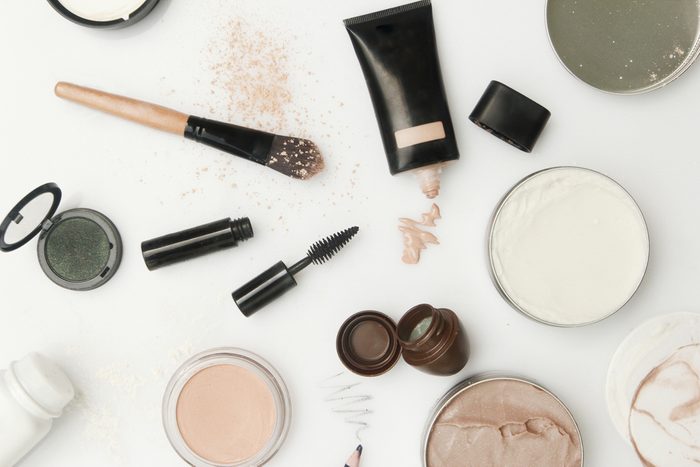
The smart consumer’s guide to toxic bathroom products
When it comes to our beauty and personal care regime, we’ve all got our favourite tried and true brands. But have you ever considered what your go-to products could be doing to your health? The answer might surprise you. We’ve rounded up six substances found in common products that you should watch out for. We’ve also outlined how they effect your health and how to use them safely.
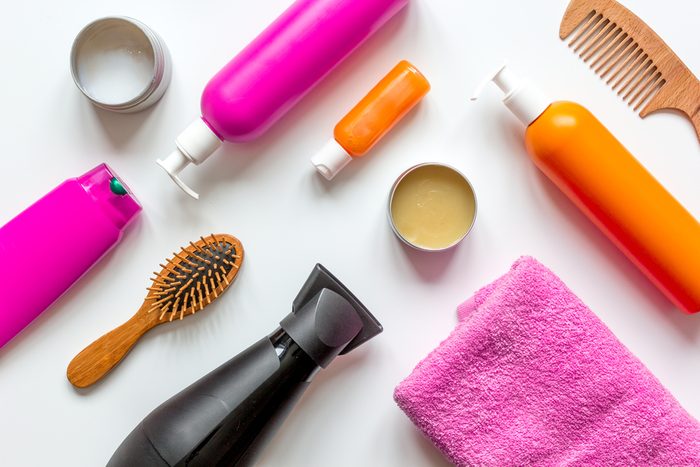
Formaldehyde
This naturally occurring gas is a preservative in some hair products. Liquid versions are called methylene glycol and formalin.
Safety Status: Health Canada restricts the amounts that manufacturers can use, and it’s banned in aerosols because it’s carcinogenic when inhaled at high levels.
Smart Use: In 2011, Health Canada warned that some salon hair-straightening products (often called a keratin treatment) contain too much of formadehyde. Check with your salon if you get these treatments.
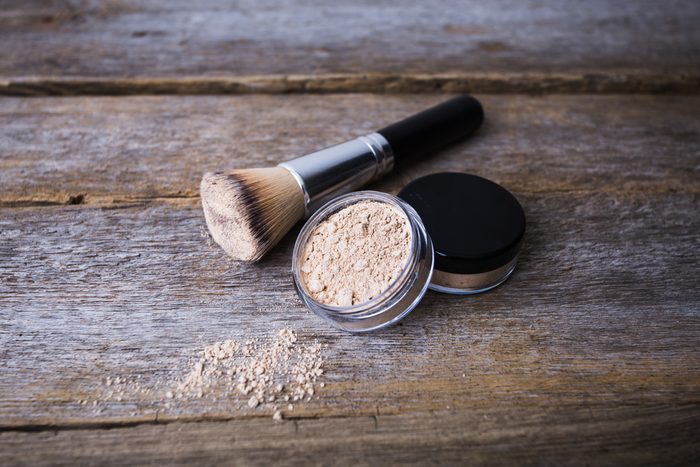
Parabens
This effective preservative can be found naturally (it’s found in blueberries and carrots) and is one of the most widely used substances in cosmetics. Most companies use a concentration of 0.3 percent or less.
Safety Status: They are not restricted in Canada. They weakly mimic estrogens, which originally led to concerns of a link to breast cancer. No studies have proven this to date, and Health Canada has concluded that they are safe for use.
Smart Use: Worry less about parabens than the alternatives. Stop using any new product if it irritates your skin.
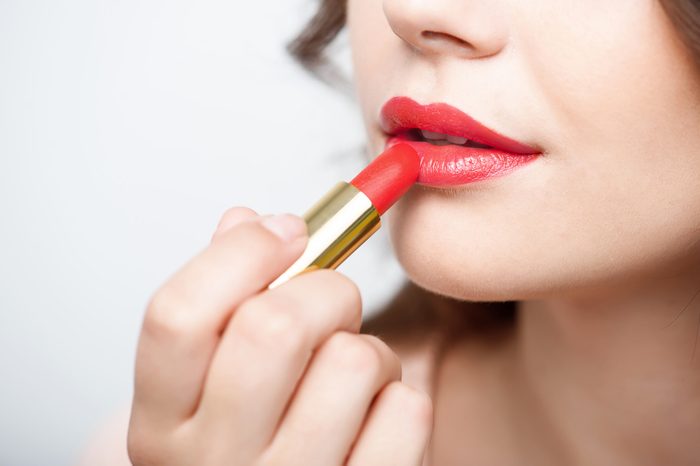
Petrolatum
This refined petroleum product makes your lipstick moist and is a key ingredient in many lotions and creams.
Safety Status: It is not restricted in Canada. Health Canada says pharmaceutical-grade petrolatum pose no risk of containing polycyclic aromatic hydrocarbons, a known carcinogen.
Smart Use: Buy petroleum jelly, lip balm and face cream made by reputable brands. Avoid discounted or potentially counterfeit products made by companies you can’t verify.
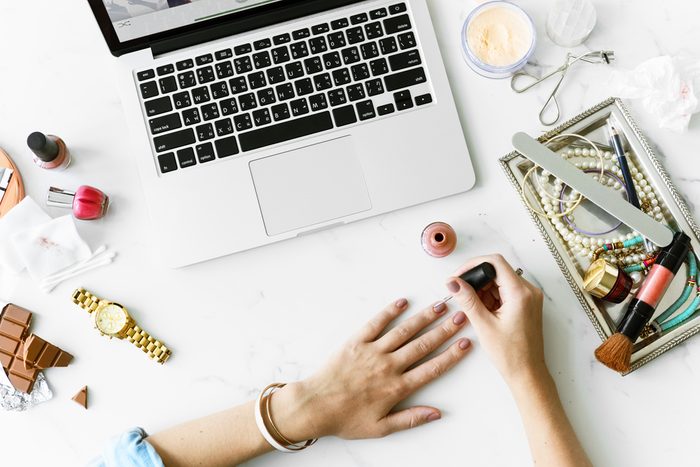
Phthalates
This group of substances serves a range of functions in nail polishes, perfumes and other cosmetics.
Safety Status: Although Health Canada states that diethylhexyl phthalate (DEHP) is only used in cosmetics in other countries, it’s on the Health Canada Cosmetic Ingredient Hotlist because animal studies have found that it’s toxic and carcinogenic. Reviews have determined that diethyl phthalate (DEP) and dibutyl phthalate (DBP) are safe as used by the industry, although there have been concerns about their reproductive and developmental effects.
Smart Use: Reputable manufacturers will be following the rules. Keep an eye on Health Canada’s next announcement about phthalates and safety, due out soon.
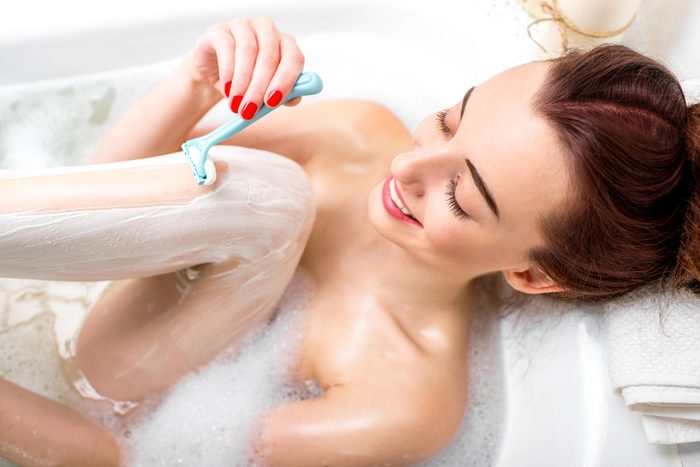
Sodium lauryl sulfate (SLS)
It’s used as a foaming and cleansing agent in rinse-off products, such as shampoo and shaving cream.
Safety Status: This substance can irritate the skin. It’s not on the Health Canada Cosmetic Ingredient Hotlist, but consumers are urged to use it as directed. It’s rarely used in baby products.
Smart Use: Avoid getting products that contain SLS in your eyes. Avoid using adult products on babies and children.
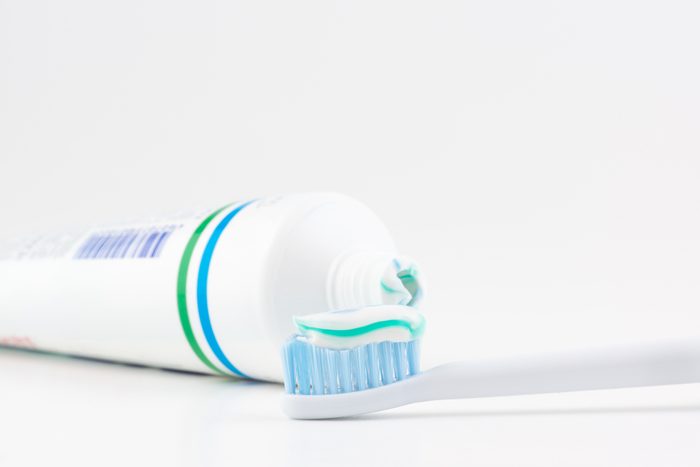
Triclosan
This preservative and antibacterial agent is used in 1,600 products sold in Canada, including toothpastes, mouthwashes, deodorants, body washes and shampoos.
Safety Status: It is safe for human health but can lead to antimicrobial resistance in the environment. It’s on the Health Canada Cosmetic Ingredient Hotlist as a restricted substance: Mouthwashes must contain no more than 0.03 percent, and other products must contain less than 0.3 percent.
Smart Use: Fighting bacteria in your mouth is key, but avoid antibacterial soaps with triclosan and other antimicrobial agents, as handwashing is enough.
